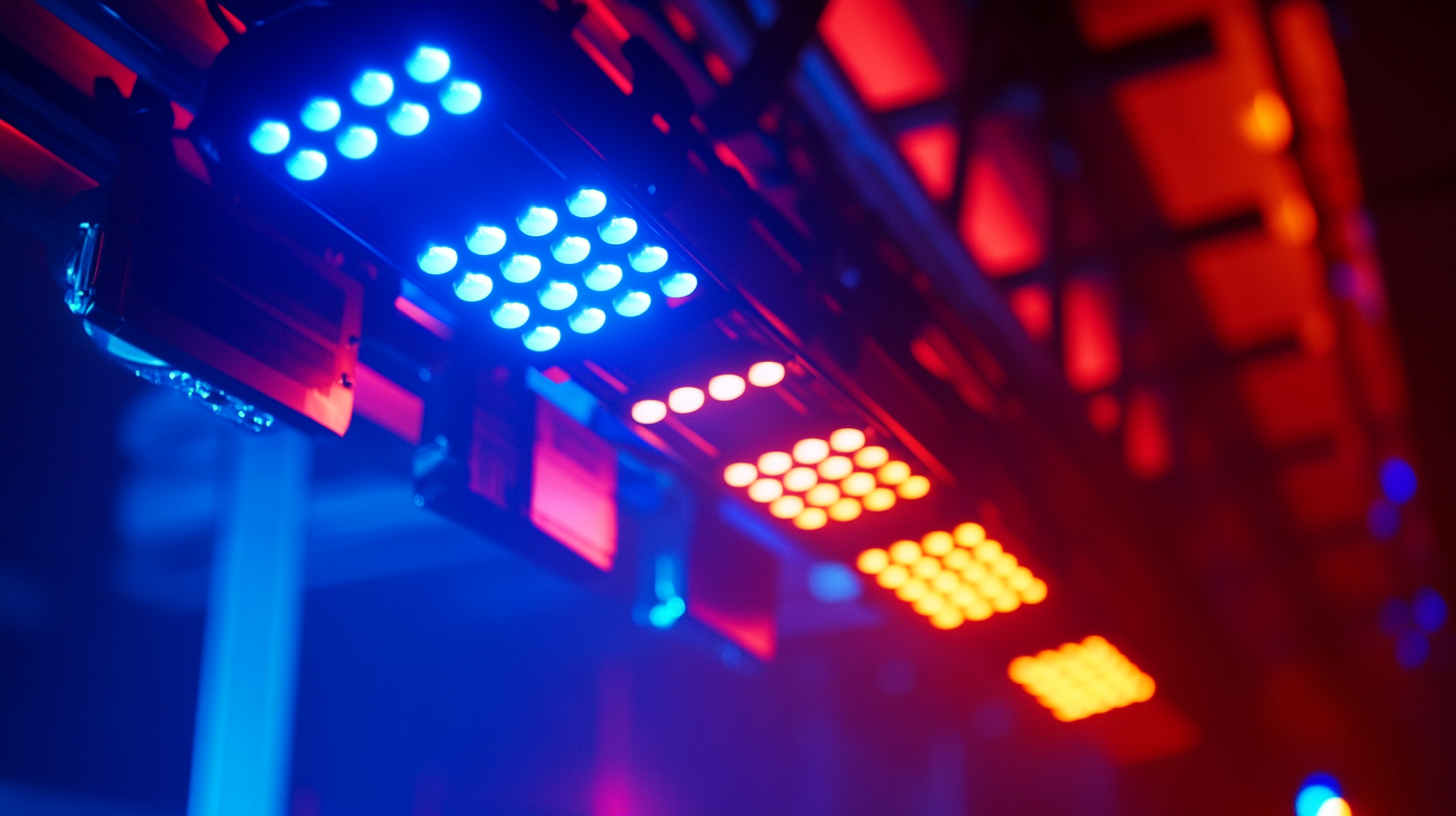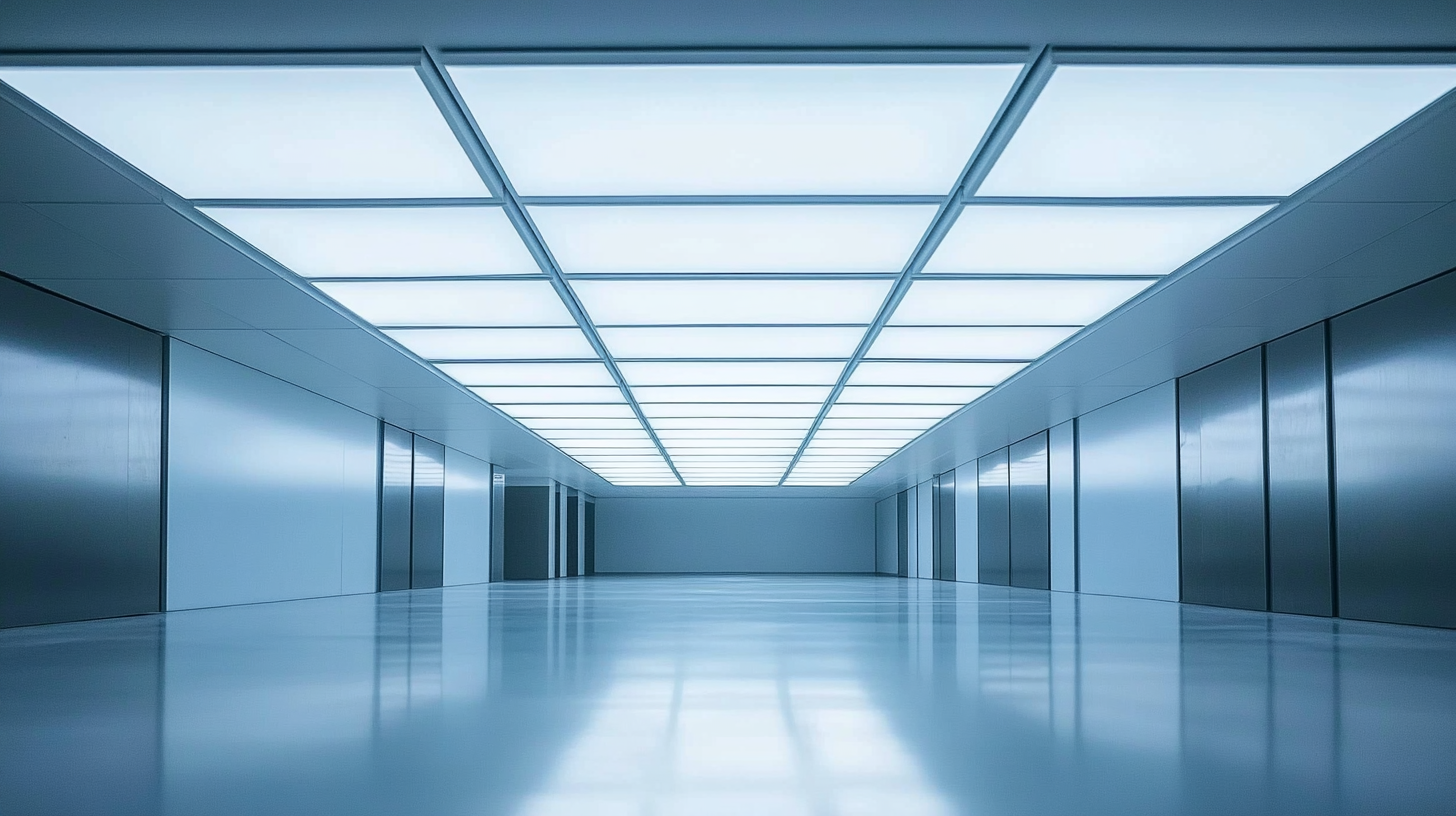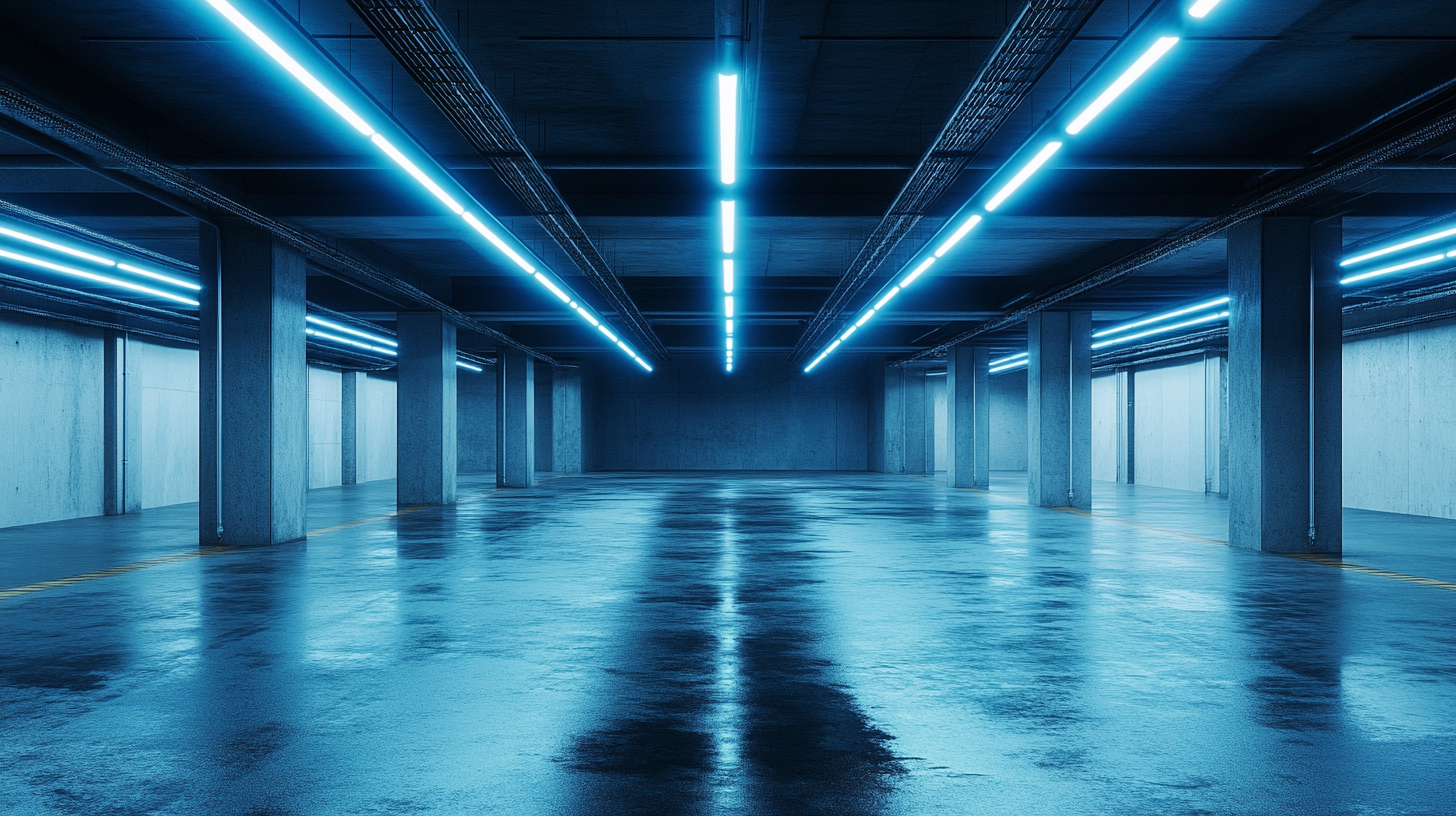Revolutionizing Your Space with Innovative Led Lighting Solutions for Global Buyers
As the world moves towards sustainability and energy efficiency, LED lighting solutions have emerged as a pivotal innovation in the lighting industry. According to a report by the International Energy Agency (IEA), global LED adoption has surged to 60% of the total lighting market, a significant increase from just 25% a decade ago. This transformation is not only reshaping urban landscapes but also redefining environments across various sectors, from commercial spaces to residential settings. The market for LED lighting is projected to reach $120 billion by 2025, underscoring the substantial demand for innovative solutions that contribute to both aesthetic appeal and energy conservation.
In this rapidly evolving landscape, global buyers are increasingly seeking cutting-edge LED lighting solutions that align with modern design trends while delivering superior performance. Research shows that buildings utilizing advanced LED technology can reduce energy consumption by up to 80%, directly impacting operational costs and environmental footprint. As consumers become more environmentally conscious, the demand for customizable and efficient lighting solutions continues to rise. This blog will explore the latest advancements in LED technology, showcasing how these innovations are revolutionizing spaces while meeting the diverse needs of a growing global market.

Exploring the Benefits of LED Lighting Innovations for Modern Spaces
In today’s fast-paced world, the demand for modern spaces to be both functional and aesthetically pleasing has never been greater. One of the most impactful innovations revolutionizing interior design is LED lighting. The benefits of LED lighting innovations extend beyond just energy efficiency; they enhance the overall ambiance of a room while catering to the unique needs of diverse global buyers. LED lighting solutions are remarkably versatile. With a wide range of colors, brightness levels, and designs, they can easily adapt to different styles and preferences, making them ideal for any modern space. From elegant residential interiors to dynamic commercial environments, LED lights can be customized to suit the atmosphere and function of the location. Furthermore, the instant-on capability and minimal heat emission of LEDs contribute to a safer and more comfortable living or working environment. Another significant advantage of LED technology is its sustainability. As global buyers increasingly prioritize eco-friendly solutions, LED lighting offers a compelling choice. They consume less electricity, which not only translates to lower energy bills but also reduces the carbon footprint. Additionally, LEDs have a longer lifespan compared to traditional lighting options, resulting in less waste and fewer resources spent on replacements. This makes them an ideal investment for both individual consumers and businesses aiming to make environmentally responsible choices.

Key Trends in LED Lighting Technology for Global Consumers
The world of LED lighting technology is evolving rapidly, offering innovative solutions that cater to a diverse range of consumer needs. One of the most significant trends is the shift towards smart LED lighting. With the integration of IoT capabilities, consumers can now control their lighting remotely, adjust brightness, and even change colors through mobile applications. This enhancement not only adds convenience but also allows for energy savings, as users can program their lights to turn off when not needed.
Another key trend is the emphasis on sustainability. LED lights are already known for their energy efficiency, but manufacturers are going a step further by focusing on eco-friendly materials and manufacturing processes. Many companies are developing products that are recyclable and free from harmful chemicals, catering to the environmentally conscious consumer. This not only helps reduce the ecological footprint but also aligns with the global movement towards sustainable living.
Furthermore, the aesthetic appeal of LED lighting continues to gain attention. Consumers are increasingly looking for lighting solutions that not only serve a functional purpose but also enhance their home or office decor. Designers are creating a range of stylish fixtures that incorporate LED technology, allowing individuals to express their personal style while enjoying efficient lighting. From sleek pendant lights to decorative wall sconces, the options available demonstrate that innovation in LED lighting goes beyond just functionality; it also embraces creativity and design.

Creative Applications of LED Lighting in Residential and Commercial Settings
In today's fast-paced world, innovative LED lighting solutions have emerged as a game-changer in both residential and commercial settings. These versatile lighting options are not merely functional; they also enhance the aesthetic appeal of spaces, reflecting personal style and corporate identity. For homeowners, LED lights offer a myriad of applications from ambient lighting in living rooms to task lighting in kitchens. By utilizing color-changing LED strips or smart lighting systems, individuals can transform their home environments, adapting the ambiance to suit different occasions or moods with just a tap on their smartphones.
In commercial settings, the benefits of LED lighting extend beyond energy efficiency. Businesses are increasingly recognizing the role of lighting in influencing customer behavior and enhancing employee productivity. By implementing creative lighting designs in retail spaces, such as spotlighting products or using warm light to create a welcoming atmosphere, brands can significantly elevate the shopping experience. Moreover, in office environments, adjustable LED panels promote well-being and focus, proving that thoughtful lighting solutions can foster a more dynamic and engaging workplace.
As global buyers seek to revolutionize their environments, the trend towards innovative LED lighting solutions continues to gain momentum, offering endless possibilities for creative applications. Whether for personal enjoyment at home or to optimize functionality in commercial spaces, the adaptability and efficiency of LED technology make it a favored choice among designers and consumers alike.

Sustainable Living: Eco-Friendly Advantages of LED Lighting Solutions
The shift towards sustainable living has gained significant momentum in recent years, and LED lighting solutions are at the forefront of this revolution. According to the U.S. Department of Energy (DOE), widespread adoption of LED lighting could save over $30 billion in energy costs annually by 2027. This remarkable figure highlights the cost-effectiveness and energy-efficient nature of LEDs compared to traditional incandescent and fluorescent bulbs. Not only do LEDs consume up to 75% less energy, but they also last significantly longer, with some models boasting a lifespan of up to 25,000 hours or more.
In addition to their economic benefits, LED lights also contribute to environmental sustainability. A report from the International Energy Agency (IEA) reveals that transitioning to LED lighting can help reduce global CO2 emissions by an estimated 1.5 gigatons by 2030. This reduction is crucial as the world seeks to combat climate change and reduce its carbon footprint. Moreover, LEDs contain no hazardous materials, such as mercury, often found in fluorescent bulbs, making them safer for both users and the environment.
Furthermore, LED technology continues to evolve, pushing the boundaries of innovation and design. From smart lighting systems that can be controlled via smartphone apps to aesthetically pleasing fixtures that enhance the ambiance of any space, the versatility of LED solutions meets diverse consumer needs while promoting eco-friendly practices. By choosing LED lighting solutions, global buyers can actively participate in the move towards a more sustainable future, benefiting both their wallets and the planet.
Navigating the Global Market: Sourcing Quality LED Lighting Products
The LED lighting market has undergone significant transformation, driven by advancements in technology and the pressing need for energy efficiency. As global buyers navigate the complexities of sourcing quality LED lighting products, understanding the underlying market dynamics becomes essential. The recent industry reports indicate that the global LED market is projected to reach $120 billion by 2026, growing at a CAGR of over 13% from 2022 to 2026. This growth is fueled by sustainability initiatives and regulatory mandates aimed at reducing carbon footprints and enhancing energy efficiency across various sectors.
In the current landscape, control over color quality is becoming increasingly critical as manufacturers shift towards LED solutions. This has led to the rise of technologies that enable precise monitoring and enhancement of color fidelity, a vital aspect for applications ranging from commercial spaces to residential settings. As businesses look to secure high-quality LED products, they must also evaluate their supply chains. The supply chain disruptions observed during the COVID-19 pandemic have highlighted the need for resilience. Innovative strategies, including the adoption of advanced analytics and cloud-native solutions, are crucial for fast-tracking production and minimizing environmental impact.
Additionally, navigating geopolitical complexities, such as the U.S.-China trade tensions, presents a unique challenge for global buyers. Manufacturers are reassessing their sourcing strategies to mitigate risks associated with tariffs and supply chain uncertainties. This evolving landscape underscores the importance of establishing reliable partnerships with manufacturers who prioritize both quality and sustainability in their operations, paving the way for innovation in LED lighting solutions. As the market continues to shift, forging strong connections and staying informed will enable global buyers to make strategic decisions, ensuring they remain competitive in the ever-changing LED lighting sector.

